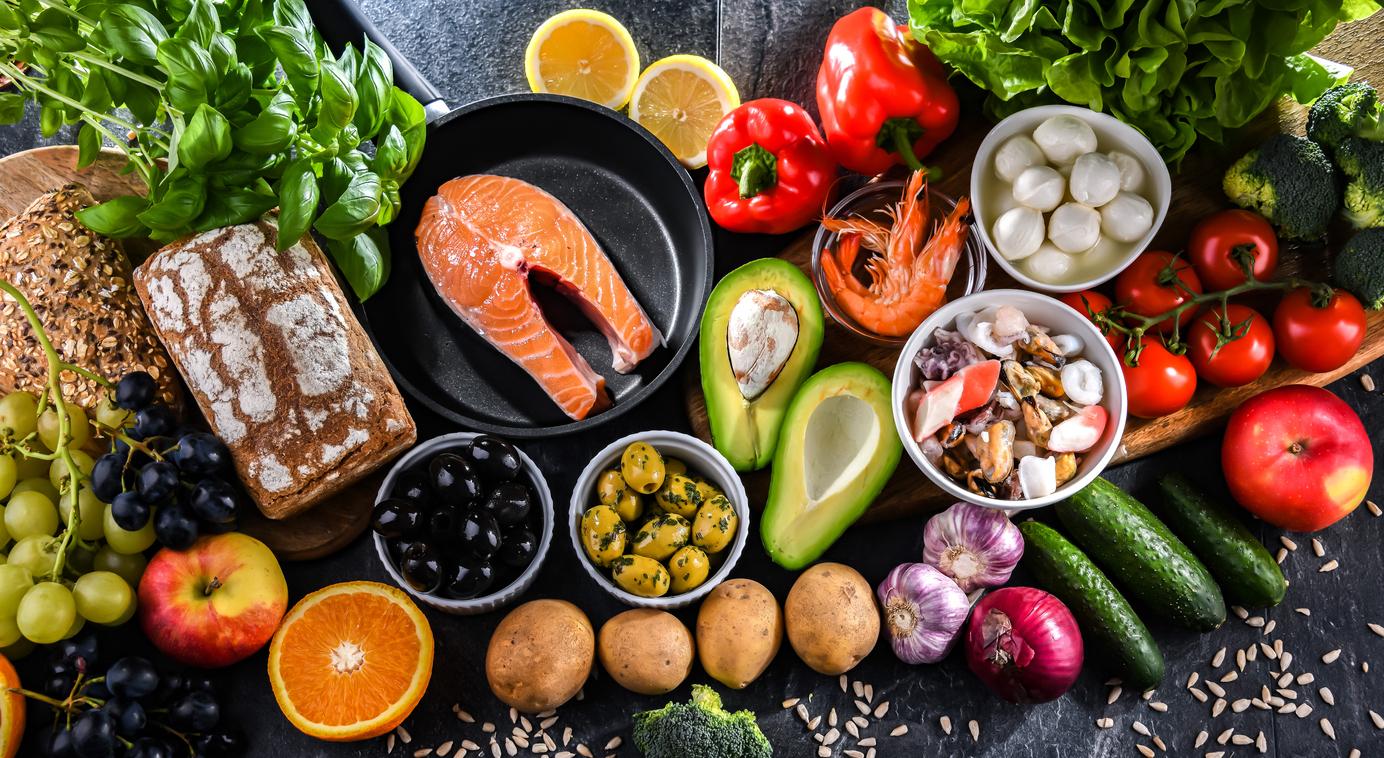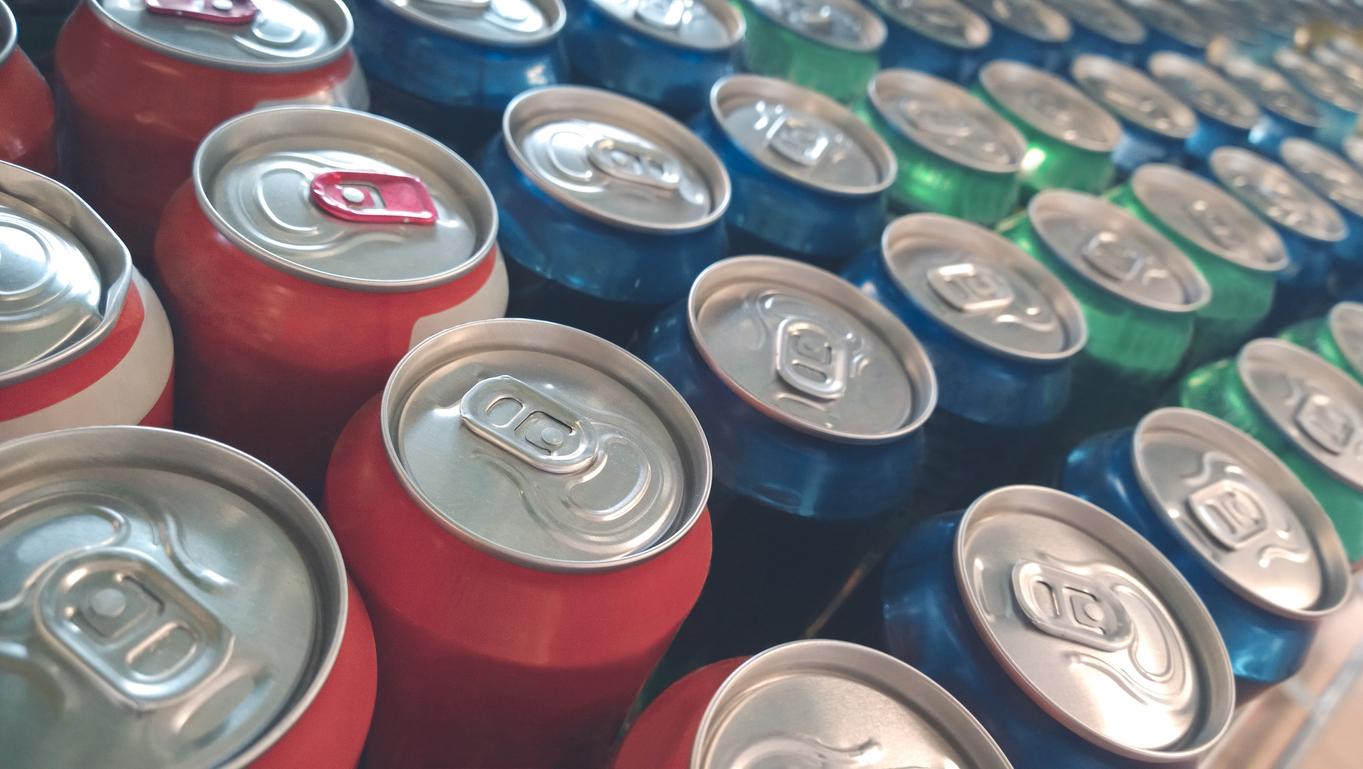Consumers have a role to play in favoring healthy foods with good ratings. This encourages manufacturers to improve the nutritional qualities of the products they sell.
-1606080950.jpg)
- Products with a rating system change their composition over time, to improve their score and retain consumer affection.
- Industrial rating systems make brands flinch, which end up reducing the sugar, salt or fat content of their products.
Choosing to put food in your shopping cart is a militant act. This is how we can schematize the study conducted by the universities of Melbourne, Auckland and the George Institute for Global Health (Australia). They analyzed the nutritional qualities of products sold in supermarkets and realized that food classification systems made a difference in the way manufacturers formulated their products. The results of their study were published on November 20, 2020 in the journal Plos Medicine.
In Australia, nutrition information is required on the back of packaged foods. Since 2014, authorities have also had the Health Star Rating (HSR) accepted, the equivalent of our Nutri-Score, which gives foods a rating ranging from zero to five stars. However, as for the Nutri-Score, this index remains optional.
Slightly more positive scores
To see the benefits of this system, the researchers tracked the nutritional information of 58,905 food products to see if the HSR caused changes in the composition of the products. Using the HSR calculation scale, they also noted the products that were not labeled in order to make a comparison.
Products with the HSR were between 6.5 and 10.7% more likely to score better than similar products that did not have the label. Thus, the products with the HSR had a reduced salt content of 4% compared to the competition and had 2.3% less sugar than the others.
Similarly, since the introduction of this system, products with an average score between 0.5 and 1.5 stars (a very bad score) have made minimal changes, with a reduction of 14 kj of energy for 100 g, while products with scores of four or five did not change their composition.
A means of consumer pressure
“If labels were mandatory, the changes could be much greater, as the adoption of HSR by the most unhealthy products was less than half that of the healthiest products”, says Laxman Bablani, a researcher at the University of Melbourne and lead author of the study.
In 2019, about 15% of products with two stars carried an HSR label in both countries, compared to more than 35% of those with four stars and above. However, a greater systematization of this classification could promote good eating habits, both among consumers and among food industry professionals.
“Manufacturers have little incentive to voluntarily label unhealthy foodslaments Tony Blakely, professor at the University of Melbourne and co-author of the study. If it were mandatory, the quality of packaged food would improve and consumers could eventually make better choices when it comes to healthy and unhealthy foods.”
Indeed, consumers have their card to play in this race for healthier products. With us, the Nutri-Score, although decried by the manufacturers at the start, ended up making a name for itself on the products, to the point of becoming a commercial argument that the professionals sometimes put forward themselves. We should also note the way in which mobile applications like Yuka have succeeded in encouraging manufacturers to review their copy of certain products, nitrite hams in the lead.
.

















